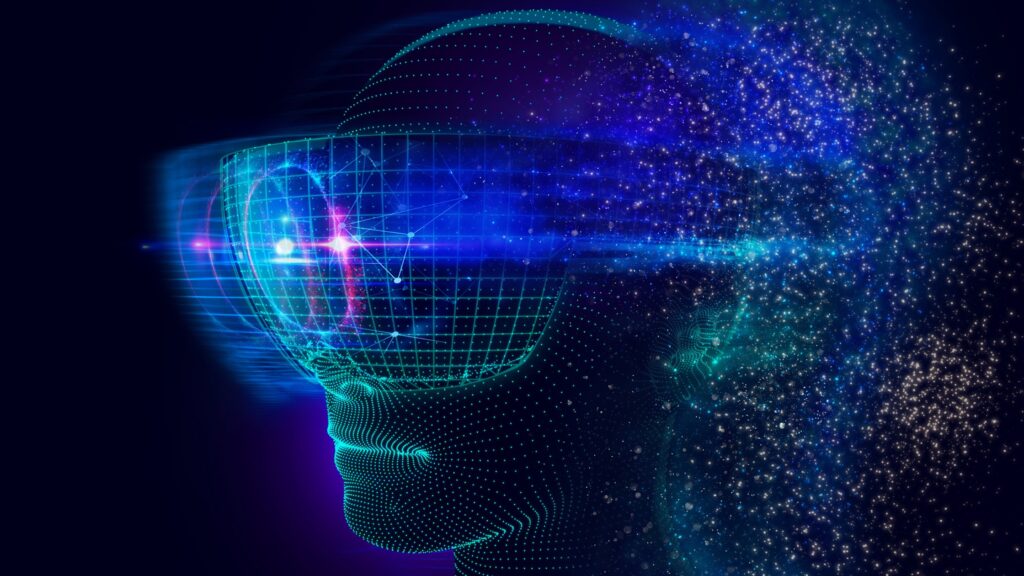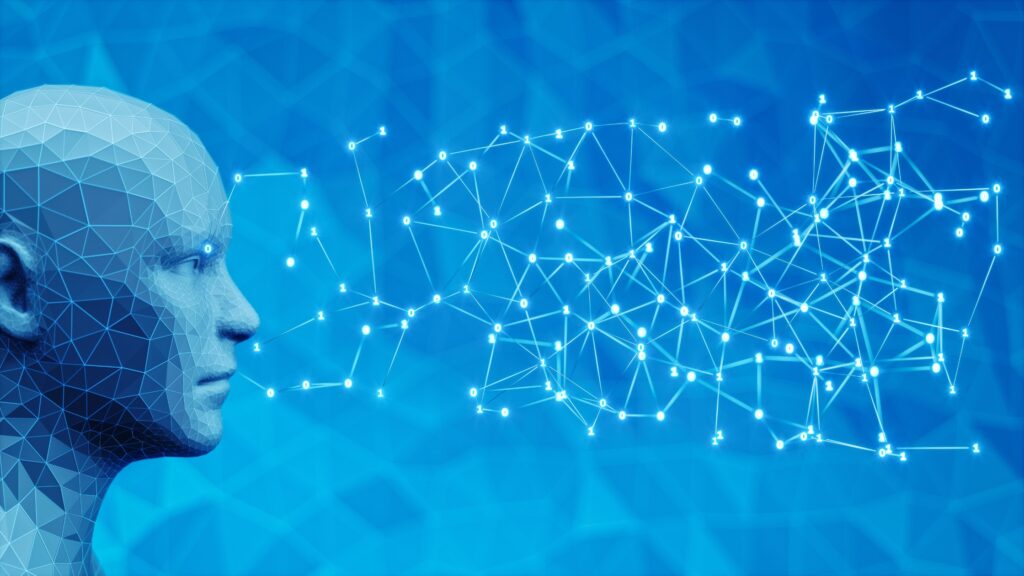Engineering education has changed significantly over the years. One of the most exciting advancements is the role of virtual reality (VR) in modernizing how students learn and interact with concepts. Virtual reality transforms traditional teaching methods into immersive and hands-on experiences. Institutions like M.Kumaraswamy College of Engineering (MKCE) are leading this shift, integrating VR to prepare students for real-world challenges.
How Does Virtual Reality Contribute to Education?
Role of Virtual Reality uses simulated environments to create interactive learning spaces. Unlike conventional methods, VR allows students to engage directly with scenarios that are otherwise difficult or expensive to replicate. Further, in engineering, where understanding complex processes is key, VR provides a practical solution.
At MKCE, the role of virtual reality goes beyond theoretical application. Moreover, the college encourages students to use VR tools to explore complex engineering concepts interactively, which enhances their technical skills and confidence. Additionally, the integration of VR keeps students ahead of industry trends.
How Virtual Reality is Changing Engineering Education

Simplifies Complex Concepts
Many engineering topics, such as structural analysis or thermodynamics, are hard to grasp through textbooks alone. Moreover, VR simplifies these concepts by turning them into visual, interactive experiences. For example, students can watch how forces act on a bridge structure in real time, making the learning process more effective.
Improves Hands-On Learning
In traditional labs, equipment availability and safety restrictions can limit student experimentation. Virtual reality removes these barriers. Furthermore, students can simulate mechanical systems, electrical circuits, or even chemical reactions without worrying about resource constraints or risks.
Connects Theory to Practical Application
Often, there’s a gap between what students learn in classrooms and the real-world applications of those concepts. VR addresses this issue by simulating real-life environments where students can apply their knowledge. Similarly, it provides opportunities to visualize processes that might otherwise remain abstract.
Encourages Collaboration
Through VR, students can work together in a shared virtual space, discussing ideas and solving problems as a team. Consequently, this method strengthens their ability to work in groups and exchange ideas effectively.
Virtual Reality at MKCE
MKCE has introduced advanced VR labs to support engineering students. The focus is on making learning interactive, affordable, and engaging. For example:
- In Civil Engineering, students design and test virtual buildings under various stress conditions, such as earthquakes or high winds.
- In Mechanical Engineering, simulations allow students to explore engine mechanisms and practice fault diagnosis techniques.
- Electronics Engineering, VR provides a platform to assemble and test circuits within a completely virtual environment.
In addition, by integrating VR into its curriculum, MKCE ensures students have hands-on experience that closely aligns with industry standards.
Benefits of Using Virtual Reality in Engineering Education

Safe Learning Environment
VR removes the dangers involved in practical engineering tasks. Students can work on potentially hazardous experiments, like testing bridge load limits or simulating industrial equipment operations, without danger.
Cost Reduction
Setting up physical labs and procuring equipment is costly. VR provides a more economical solution by replacing physical resources with virtual ones. Therefore, colleges can expand their offerings without increasing costs significantly.
Flexibility in Learning
Students can repeat experiments, test different scenarios, and learn at their own pace. This personalized approach makes VR a valuable tool for students with different learning styles.
Industry Preparation
As industries increasingly adopt VR for training and design, engineering students proficient in VR tools gain a clear advantage. Hence, MKCE integrates this advantage into its teaching methods, ensuring graduates meet professional expectations.
Trending Developments in Virtual Reality for Education
- AI-powered VR simulations use artificial intelligence to customize learning experiences based on individual student needs.
- Haptic feedback technology enables students to physically feel virtual objects, creating a more immersive experience.
- Remote accessibility through cloud-based VR platforms allows students to engage with learning materials from anywhere.
MKCE remains at the forefront of these trends. Consequently, its students enjoy access to the most advanced technologies available in engineering education.
Shaping Future of Education with Virtual Reality
The impact Role of Virtual Realityy is set to grow as technology evolves further. Engineering colleges like MKCE are already setting benchmarks in this area. With VR, the boundaries of traditional education are being pushed further, making learning more interactive and practical.
Students at MKCE benefit from early exposure to VR, which equips them with a competitive edge. Moreover, by integrating this technology into its curriculum, MKCE ensures that students graduate with not only theoretical knowledge but also practical skills that match industry needs.
Conclusion
The role of virtual reality in engineering education is transforming how students learn. At MKCE, VR makes education more interactive, efficient, and practical. By simplifying concepts, providing real-world simulations, and offering flexible learning options, VR is becoming an essential part of modern engineering education. Furthermore, as this technology evolves, MKCE continues to stay ahead, ensuring its students are prepared for a fast-changing world.

